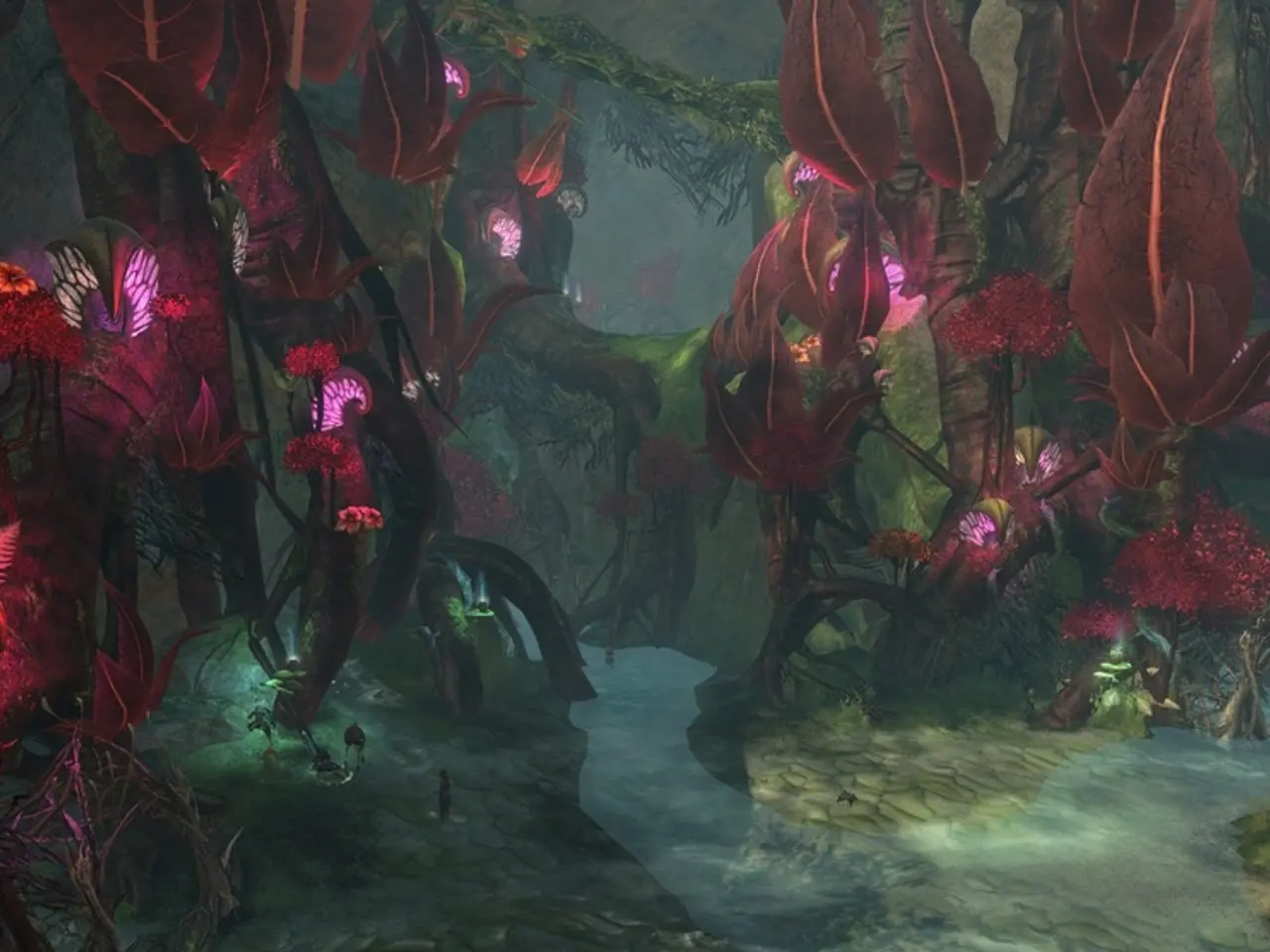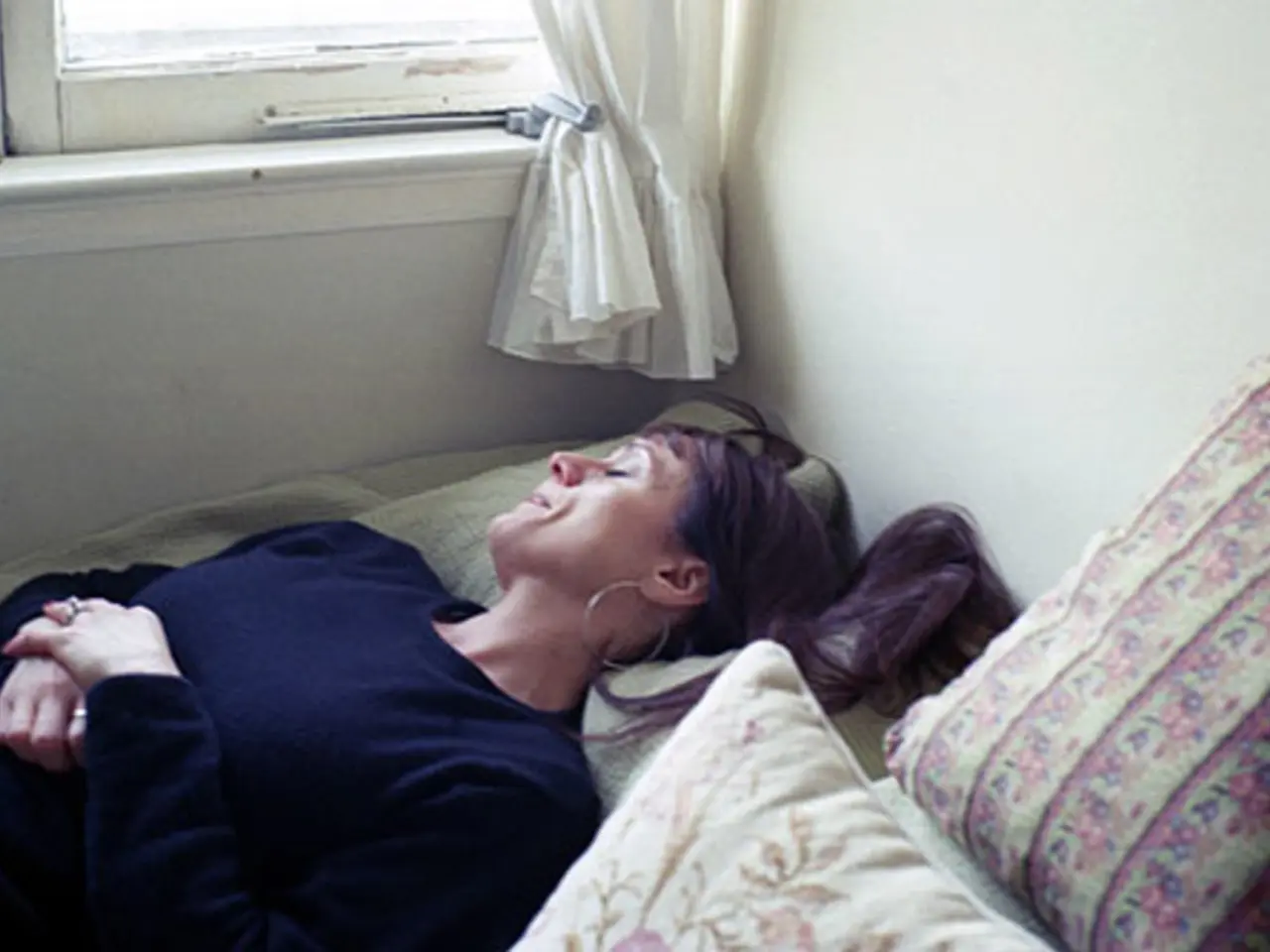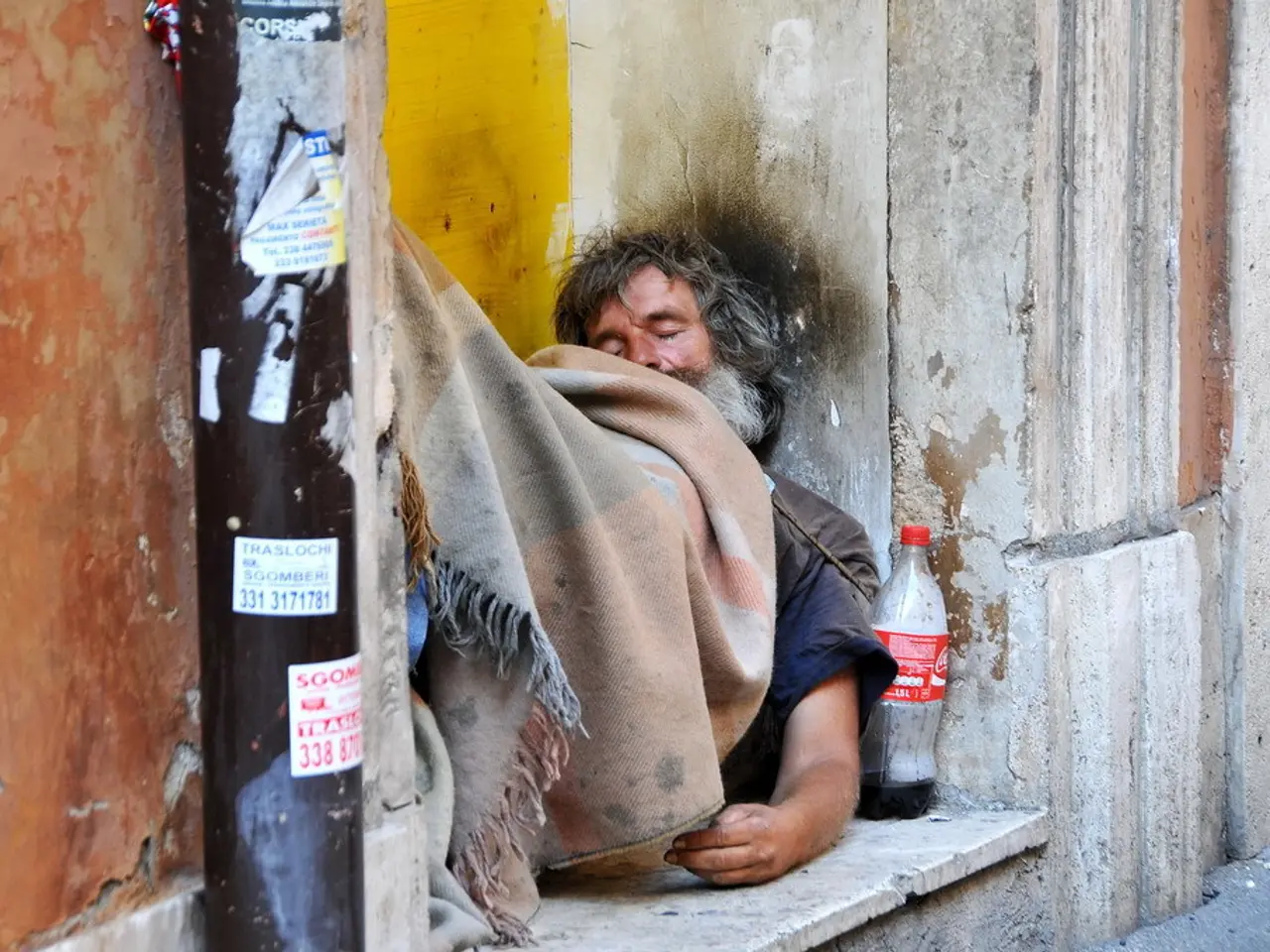Spruce trees are leaning due to the melting earth, as reported by researchers.
Subtitle: A look at the causes, effects, and geographical distribution of this permafrost-related phenomenon.
In the far-reaching expanses of the Arctic and sub-Arctic regions, a peculiar sight has become increasingly common - trees that lean, curve, or appear to be intoxicated, a phenomenon known as "drunken trees" or "tilted trees." This unusual occurrence is a direct result of thawing permafrost, a layer of soil and rock that remains frozen for two or more years.
Causes
Permafrost thaws due to rising temperatures, causing the ground beneath the trees to become unstable. Once anchored in the solid, frozen ground, these trees begin to lean at unusual angles as the soil shifts and settles unevenly. This phenomenon is particularly evident in areas where permafrost is thawing rapidly due to climate change.
Effects
The implications of drunken trees are far-reaching, impacting both the environment and ecology. They serve as a clear indicator of significant changes in the local ecosystem due to permafrost thaw. Habitat disruption, increased risk of tree fall, and carbon cycle impacts are among the consequences.
Geographical Distribution
Drunken trees are predominantly found in regions with extensive permafrost, such as Alaska, Siberia, and Northern Canada. In Alaska, areas across central Alaska have experienced significant permafrost degradation, leading to destabilized trees and infrastructure. Similar effects have been observed in Siberia, while the Canadian Arctic is another region where permafrost thaw is causing ecological changes, including the formation of drunken forests.
Case Study: Arctic Village, Alaska
Sarah James, an Alaska Native elder living in Arctic Village, a small Native American village in northeastern Alaska, has witnessed firsthand the effects of drunken trees. The melting permafrost causes erosion, causing trees to tilt or fall, posing risks to both wildlife and human infrastructure.
Predictions and Concerns
Scientists like Torre Jorgenson, a scientist in Fairbanks, Alaska, who studies permafrost, predict that with the increase in temperature, there will be more drunken trees. Tero Mustonen, who leads the Snowchange Cooperative, expresses concern about the release of methane from thawed ground. Some climate models predict that most permafrost could melt by the end of the century, but Jorgenson thinks it will take longer due to soil layers above the frozen ground acting as good insulators.
Implications and Adaptations
The melting permafrost also causes damage to houses and roads, including slumping land, cracking pavement, breaking pipelines, and opening holes. Engineers are adding insulation to reduce the impact of melting, but it's expensive. Jon Rosales suggests that more downed trees could benefit some Native communities by providing more driftwood, an important source of fuel and building material.
In the face of these challenges, the residents of Arctic communities like Arctic Village and Fairbanks are adapting, recognising climate change as a reality and a threat that will eventually affect other parts of the world. As Sarah James poignantly puts it, "Climate change is real in the Arctic, and it will eventually affect other places."
- Global warming and climate change are causing the permafrost to thaw, which in turn leads to the wobbling and leaning of trees, a phenomenon referred to as 'drunken trees' or 'tilted trees'.
- Climate change affects not just the environment, but also the ecology, as the permafrost thaw disturbs habitats, increases the risk of tree falls, and impacts the carbon cycle.
- Regions with extensive permafrost, such as Alaska, Siberia, and Northern Canada, are seeing an increase in drunken trees, with Alaska experiencing significant permafrost degradation that affects both wildlife and infrastructure.
- In the environmental-science community, scientists are concerned about the release of methane from thawed ground and the potential for most permafrost to melt by the end of the century, although opinions on the timeline differ.
- Climate change and the associated permafrost thaw have far-reaching implications for health-and-wellness, with concerns about mental-health in Arctic communities who are adapting to the changes.
- As the effects of climate change become more apparent, residents of Arctic communities like Arctic Village and Fairbanks are realizing the importance of addressing and adapting to this issue, recognizing that climate change is not just a local problem, but a global one.
- The increased incidence of drunken trees, as a result of climate change and global warming, serves as a stark reminder of the impact of human activities on the natural world and the urgent need for us to take action to mitigate climate change, protect our forests, rivers, and wildlife, and secure a sustainable future for all species.




